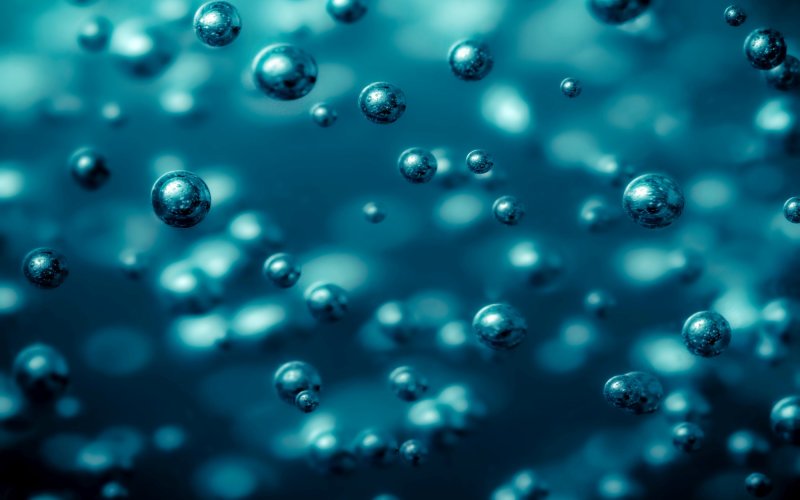All the fusion reactions we know need extremely high temperatures to take place, which is why they are so difficult to achieve on the Earth. Isn’t there, at least theoretically, some kind of fusion reaction that could take place at room temperature?
What the particles need for successful fusion is not so much temperature but speed. Only when they rush towards each other with sufficient speed can they overcome the electrostatic repulsive forces and get close enough for the nuclei of the atoms to fuse. But to have high speeds means to have high temperatures in the world of particles. In many cases (inertial confinement, gravitational confinement) it is necessary to compress the mass a lot so that the nuclei of the atoms can get close enough to each other. Compressing a mass a lot also means that its temperature will increase. An increase in pressure is inextricably linked to an increase in temperature. In current approaches to fusion, we place great emphasis on temperature and try to heat the plasma to temperatures of hundreds of millions.
Theoretically, there are several procedures to achieve fusion even without heating the mass. For example, if you accelerate deuterium nuclei and shoot them at a deuterium target, you will achieve fusion. However, the energy required to accelerate the particles in the accelerator is much greater than the energy obtained from fusion. Another, so far the only theoretical possibility, is muon catalysed fusion. If the electron in the hydrogen atom were replaced by a muon, which is 207 times heavier than the electron, such muon atoms would come so close to each other in the hydrogen molecule that fusion could occur even at room temperature. Unfortunately, we cannot cheaply produce muons on a large scale yet or easily replace electrons in hydrogen atoms with them. The bubble fusion became famous. In an experiment carried out in 1989, during the electrolysis of heavy water on a palladium electrode, fusion reactions were supposed to occur at room temperature. The theoretical explanation was that the hydrogen atoms in the porous electrode would be squeezed together so much that fusion would occur. However, the experiment has never been replicated and therefore it is assumed that this type of cold fusion is not possible.
Want to ask something?
Send us an e-mail with the subject “Physics mysteries” to the address:
We can't wait to tackle your interesting questions!





